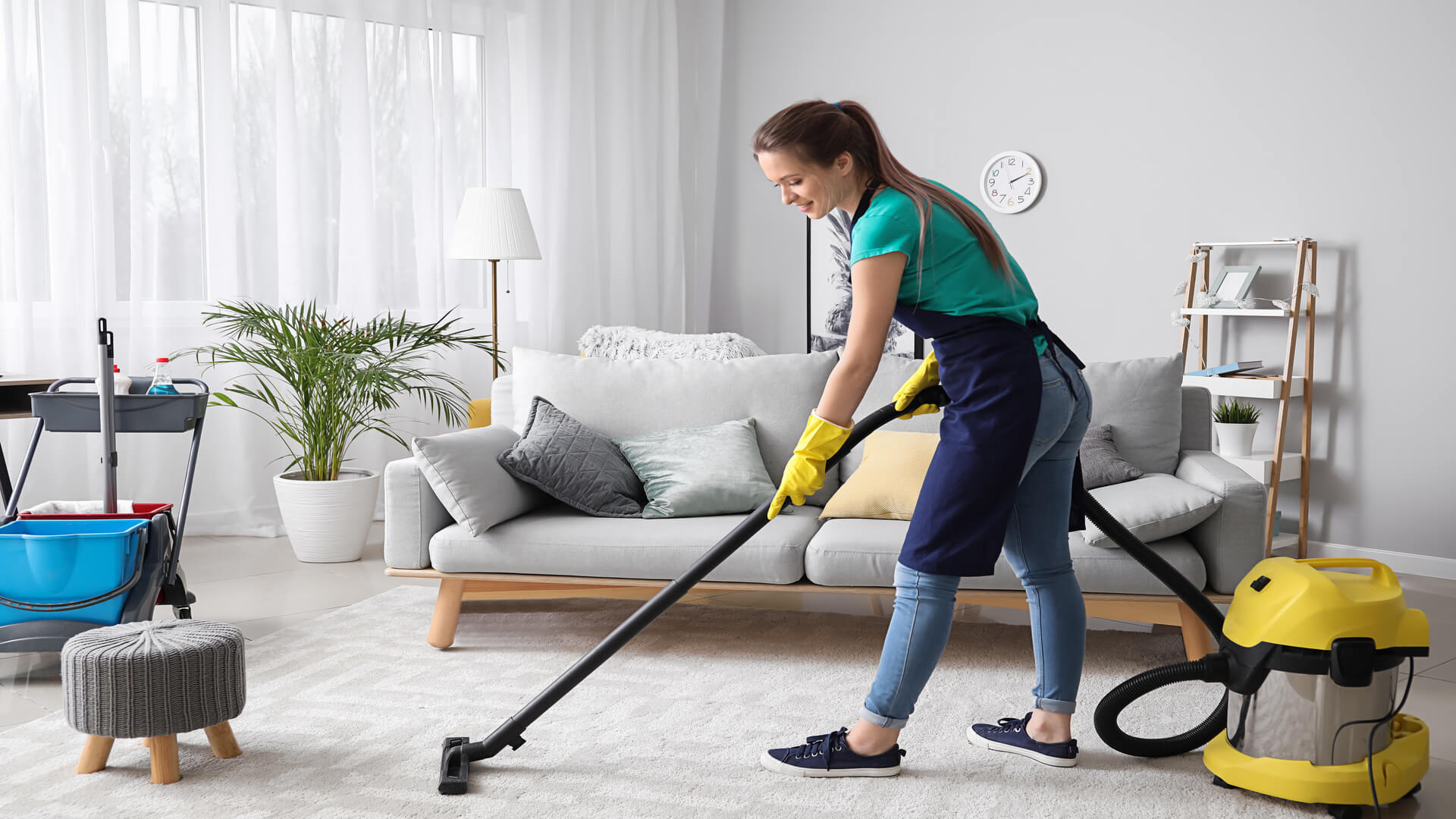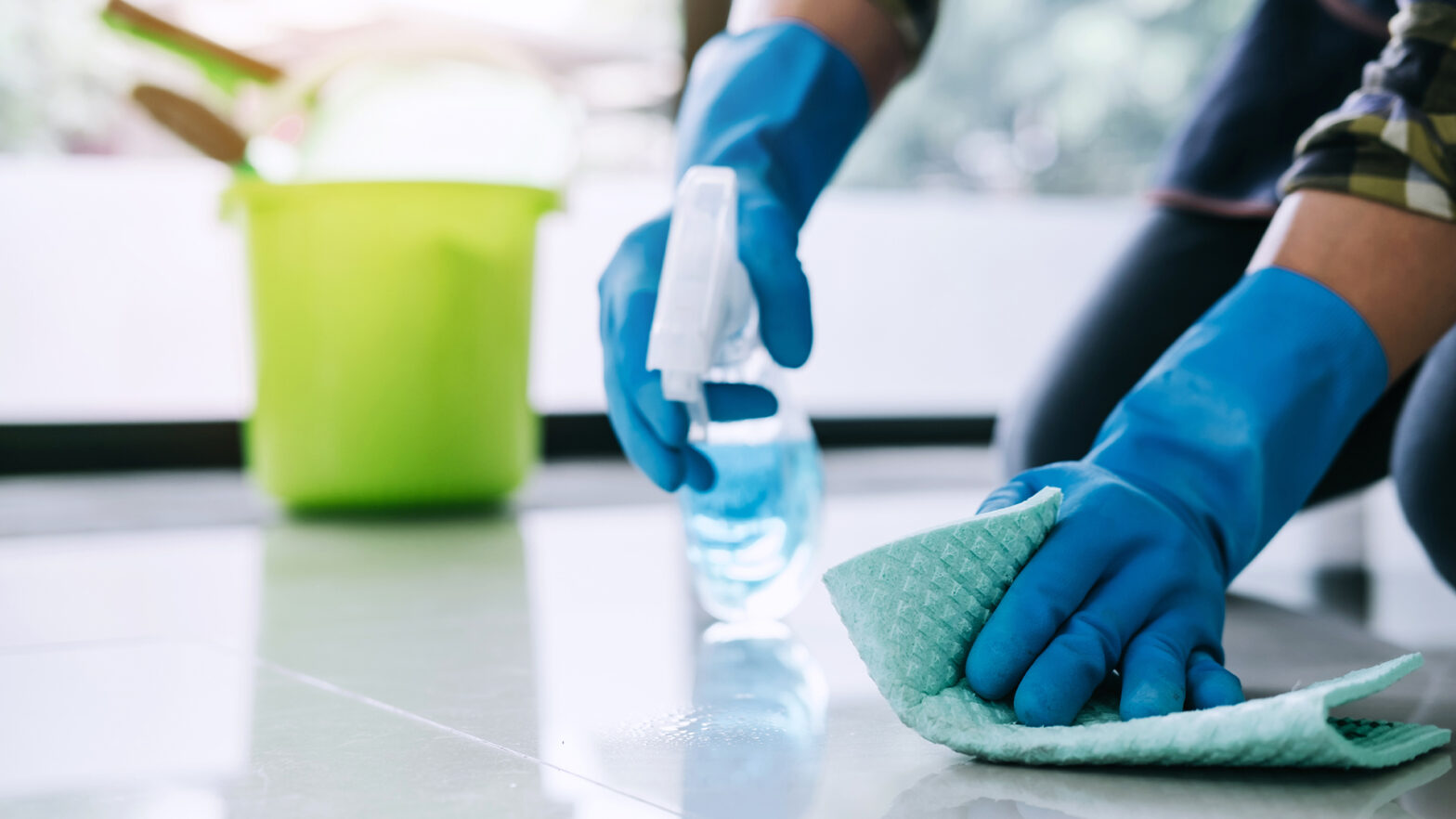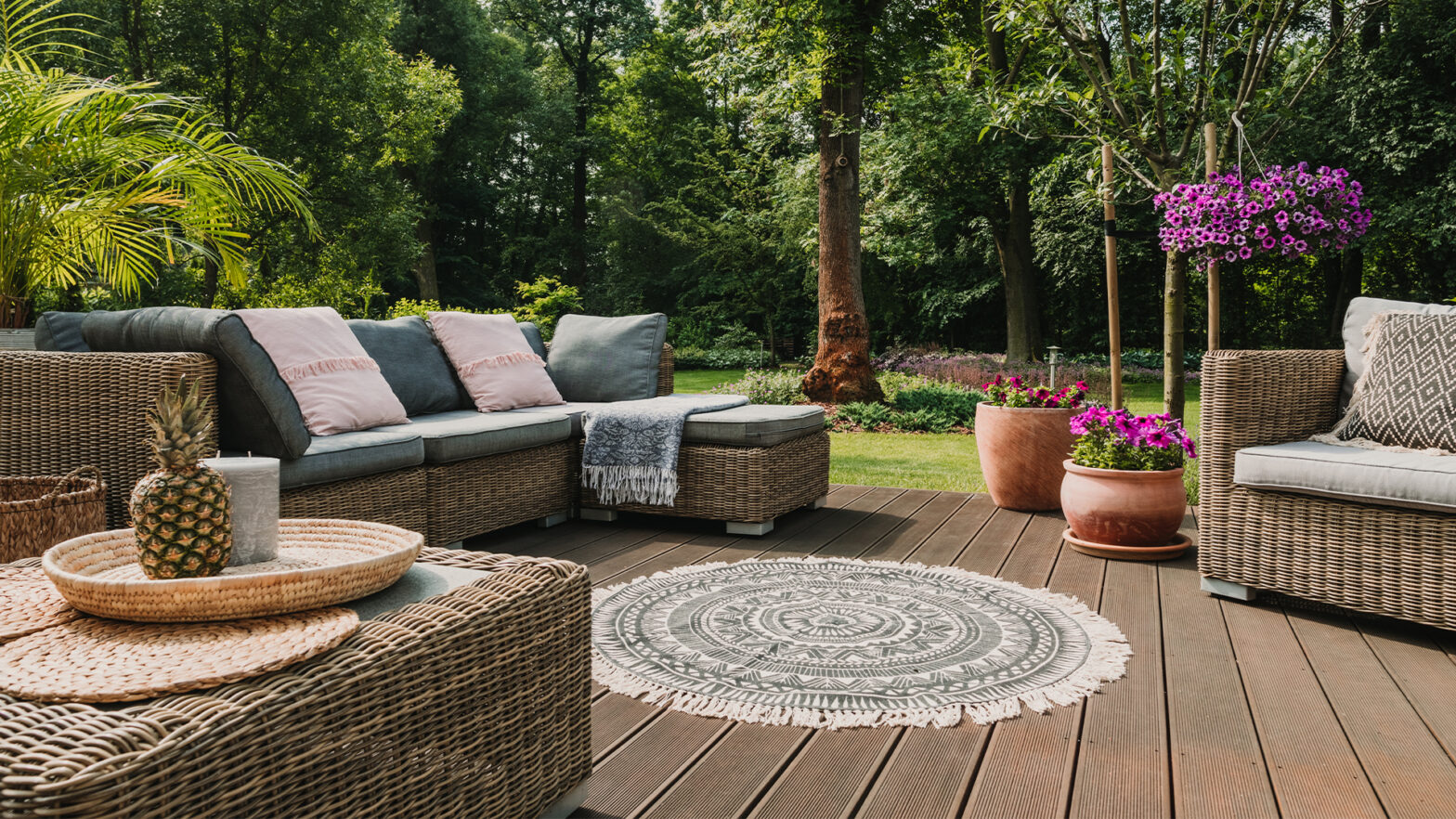You might think that outdoor air quality is the only thing you need to worry about, but the growing air pollution problem has also started to increase poor air quality indoors. Poor air quality inside your home is something you want to avoid as it can affect your health and overall experience.
Most people spend time indoors nowadays, and it’s essential to maintain good air quality to ensure that you’re safe and comfortable inside your home. This guide can help you find the best solutions for improving your indoor air quality.
1. Use Air Filters
One of the fastest and best ways to create good indoor air quality is to purchase air filters. You can purchase many air filters in the market, and you need to find the right size that will fit what your space needs. Air filters or air purifiers consist of filters and fans to help suck in the dirt and release cleaner air. They also help with the overall circulation of the space to provide better airflow. By using air filters, you can:
- protect your wellbeing
- reduce cleaning maintenance due to dust and dirt
- eliminate fire hazards
- remove airborne bacteria
- protect home interior
Air filters don’t just keep dust and pollen out of your indoor space, but they also help keep large particles out of your HVAC systems and prevent any damage. Remember to change filters once needed to avoid any issues with your air filters. You don’t want clogged filters as it will only cost you more energy without the device being efficient enough. You want to make sure that your home’s airflow is optimal to ensure that your home’s comfort level is at its best.
2. Clean Your Furniture Routinely
Dirty pieces of furniture are some of the possible reasons why you have poor indoor air quality. Tall furniture, like cabinets, may accumulate dust on top if you forget to wipe dirt and dust from their surfaces. Moreover, your furniture doesn’t just hang on to smells. They can also consume germs, toxins, and pet dander.
3. Professional Cleaning Of The Carpet
There are a lot of allergens and contaminants in the carpeting of the city. Daily vacuuming is also essential for cleaning efforts. A professional cleaning service may provide an additional method of cleaning. Many businesses offer special programs for the care of pets and allergens.
Don’t forget your carpets as they can accumulate dust and pet fur that may affect the overall air quality indoors. By including your carpets into your daily cleaning routine, you can ensure that your floors are safe from harmful elements.

4. Mop Floors
Hardwood floors, tiles, and other objects accumulate dirt and dust. There may be areas of concern for preserving good air quality. Moving these areas with non-abrasive goods is a big move forward. Not only can you boost the climate, but you can also apply care strategies to your floors.
To make sure you don’t forget mopping floors, you can do it every time you finish vacuuming your floors. By mopping your floors, you can ensure that your handy vacuums won’t be leaving dust particles.
5. Fix Leaks
Leaky rooms and appliances can cause a number of problems at home. These can lead to mold growth, which affects the quality of the air. It can also cause asthma attacks and other allergic reactions. These issues can be addressed by repairing appliances to protect your house and its indoor air quality, as well as your whole family.
You don’t want any mold in your home as it can be very harmful to your health and very hard to remove once it settles in. You might have to hire professionals to do it for you, which can be pricey.
6. Avoid Aerosols
Aerosol products can pollute the air indoors. You typically use them for a variety of different things, such as deodorant, hair spray, and cleaning products, among many others. By getting rid of aerosols, you can ensure the safety of your home’s indoor air and avoid inhaling harmful chemicals.
7. Check Pet Dander
Pet dander is one of the concerns of indoor dogs as it can cause poor air quality. By having a regular pet bath schedule, you can get rid of excess fur and dandruff. It’s also helpful to those who have allergies in this area.
8. Don’t Forget To Clean Your Walls
You may have never noticed, but your walls may still hang on to germs and contaminants. Cleaning approaches will prevent this from happening. Appropriate cleaning materials are available in the market, so you don’t cause surface damage. Moreover, they make it possible for you to keep indoor air clean.
9. You Can Use Floor Mats
These are essential tools that can be positioned at the entrance of any doorway. If you’re from outside, harmful particles might have stuck to your shoes and cause poor air quality afterward. These mats help to clean the bottom of the feet and avoid unnecessary dirt in your home.
10. Check Your Humidity Level
It’s essential to have a balance of moisture in living spaces. In areas where there’s too much moisture, mold, and dust, mites might settle in. It’s essential to control this in your home to ensure your safety and positive experience indoors.
11. Don’t Smoke
Residents who smoke often have low air quality indoors, however, not all of this smoke is in the air. It is consumed by the furniture, the carpet, and the bedding, and it can lead to a wide variety of health problems. If you can avoid smoking entirely, then it would be better for both your health and the state of your home. Try to change your habits and avoid smoking for better health.
Takeaway
With the increasing rate of air pollution outdoors, you want a safe place to come home to at the end of the day. By ensuring that you have good air quality indoors, you can enjoy staying at home without the risk of allergies, sickness, and continuously seeing dust everywhere. Invest in practical solutions and enjoy good air quality in your home.

































